Understand the importance of weed control as a part of the reseeding and new ley establishment process.
New sown leys

Reseeding as an important part of grassland management
Reseeding is an important part of grassland management, and is essential for maintaining productive grassland.
Average costs for a reseed are between €400-€700 per hectare, so it is important to do it correctly.
When to reseed - autumn or spring?
There are two key timings to look at establishing grass - autumn (August to October) and spring (March to May), with autumn being the most common time to reseed. Successful establishment can be achieved at either timing, and there are advantages and disadvantages to each time of year.
|
Autumn |
Spring |
Advantages |
Minimal impact on grazing as land not taken out of production at peak growth times. Seedbed has time to settle over winter, allowing good structure to form. Good weed control if done early and you catch weeds when they are still actively growing.
|
Higher probability of good conditions for establishment. As grass is actively growing it can better out-compete weeds. No heading in first season.
|
Disadvantages |
Significant weed competition from late reseeds. Narrower window for good establishment.
|
Losing peak growth by taking field out of production at this time. Soil does not have time to settle before carrying stock.
|
Weed control in new sown leys
The key to successful establishment of a new ley is of course ensuring a good seedbed and adequate pH and nutrient availability, and choosing a suitable variety, but once the grass is sown, keeping weeds out becomes equally important. Early competition from vigorous weeds such as chickweed and mayweed can rapidly reduce the growth of grass and leave new leys ‘gappy’ and unproductive. An uneven grass ley can take a considerable time to become fully productive.
Tackling grassland weeds early, at establishment of a new grass ley, will help improve sward palatability, productivity and reduce costs. As any form of soil cultivation will disturb the weed seedbank and encourage germination of weed seeds, it is important to check new leys regularly for weed infestations.
The most common weed issues after reseeding are chickweed, docks and thistles. However, a wide range of perennial and annual weeds will take advantage of warm temperatures and a moist seedbed to germinate, including mayweed, shepherds purse, annual meadow grass, red shank and pansy. Weed seedlings are more susceptible to herbicides than mature plants and are cheaper and easier to control at this stage.
Many grassland herbicide products dictate that grass should be ’established’, i.e. over a year old at the time of treatment. However, Corteva Agriscience has two selective herbicides for use in new sown leys – Pastor® Trio and Envy™ for application from as early as when three grass leaves have appeared.
Pastor® Trio can be applied to new sown leys at 1.0 L/ha from 1st February to 31st August, and so is suitable for use on spring established new sown leys. Envy™ can be applied to new sown leys at 1.5 L/ha from 1st February to 30th November and so can be used on both autumn and spring established new sown leys.
Pastor® Trio and Envy™ are not safe to clover, but clover can be stitched in 3 months after application.
Products for use in new sown leys
Envy®
Envy® can be used for weed control in new sown leys to control buttercups, dandelions, daisy and other perennial.
Pastor® Trio
Pastor® Trio contains three actives which deliver broad spectrum weed control in new sown leys, grass for seed, maize and cereals.
Common weeds in new sown leys
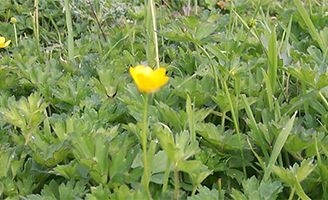
Buttercup
Creeping buttercup is often a severe problem in horse paddocks, where close grazing tends to open the sward.
Read more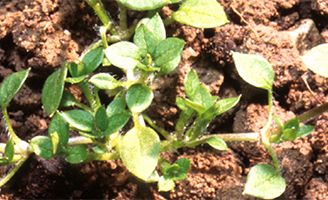
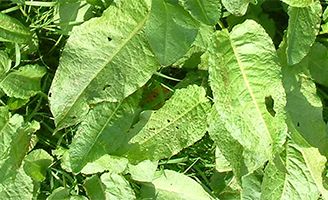
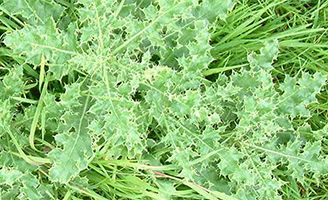
Thistles
Thistles compete with grass for space, light, nutrients and water, and they are unpalatable to stock.
Read more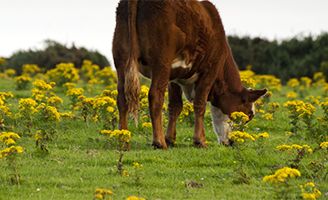
Ragwort
Ragwort poses a serious threat to livestock health, left unchecked it can quickly spread and reduce available grazing.
Read more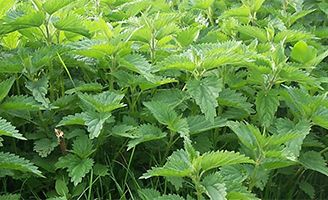
Nettles
Grass yield / grazing is lost mainly by competition from nettles for nutrients, light and moisture, but also from stock refusing to graze close to nettles.
Read more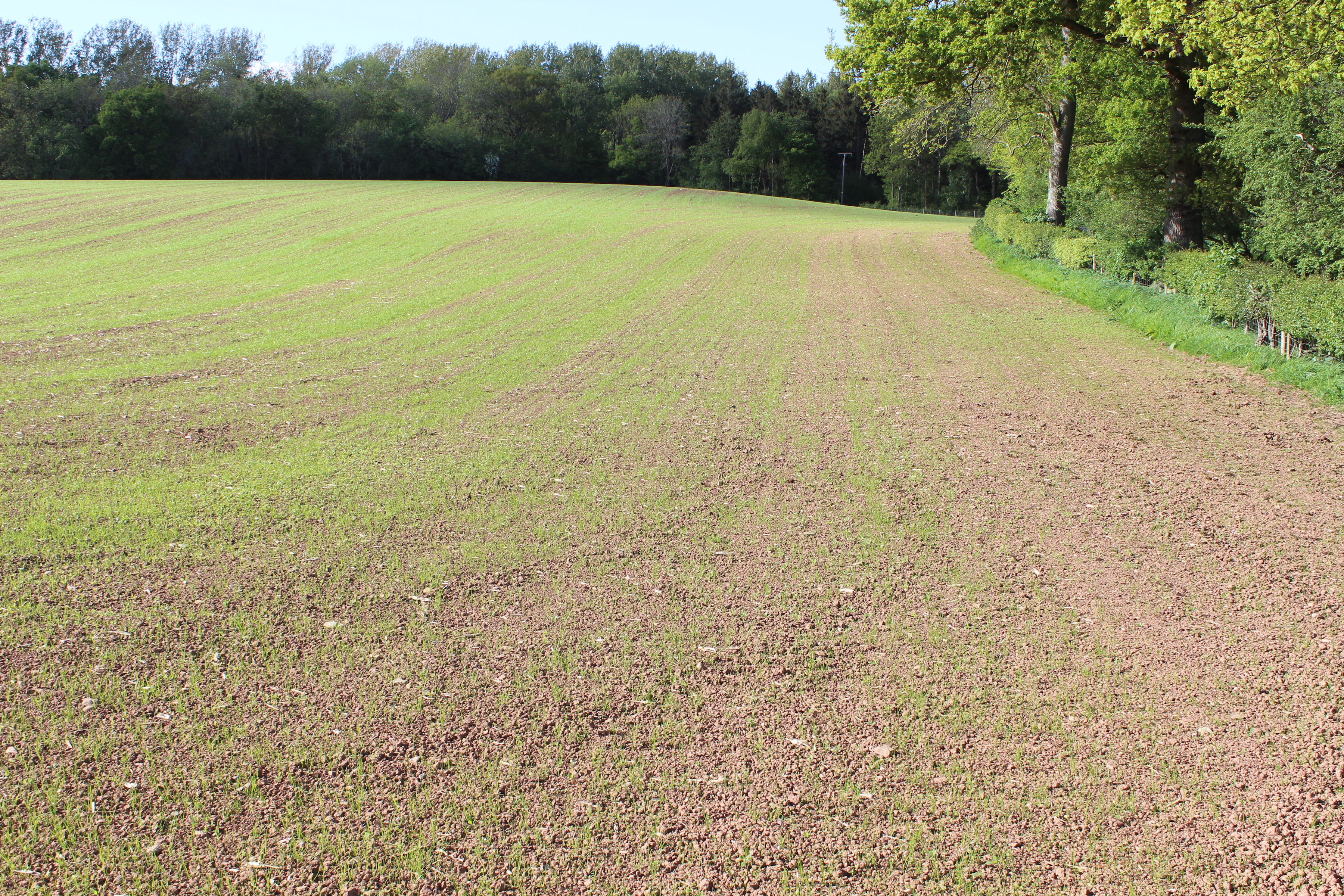
Spray weed seedlings in new-sown leys for best control
Control of perennial weeds such as docks,thistles and buttercups is easier and much more cost-effective in new-sown leys than spraying mature, fully established weeds a year later, according to Dr Nicola Perry, weed biology specialist for Corteva Agriscience.